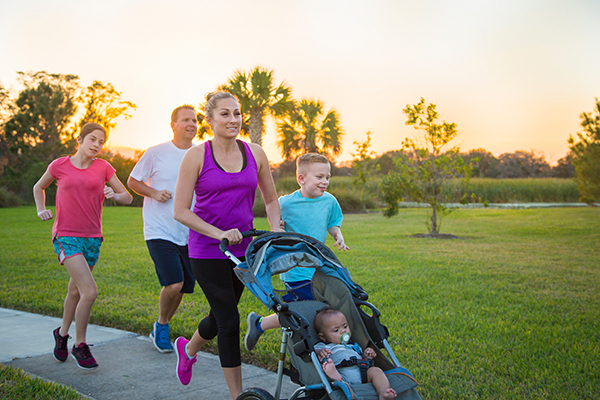
The research, published in the American Journal of Cardiology, indicates that consistently participating in continuous aerobic training might be the most effective approach for enhancing blood sugar control in those with Type 1 diabetes, particularly female patients.
"This study is important because diabetic patients often lack motivation to exercise as a means of managing their condition," noted study co-author Dr. Pooya Soltani, a senior lecturer at Staffordshire University in Stroke-on-Trent, England. "One reason for this is that physical activity can lead to blood sugar drops, causing discomfort and demotivation. We investigated whether the type of physical activity could mitigate these blood sugar drops."
The study focused on 19 adults with Type 1 diabetes who were not in the habit of exercising regularly. Participants took part in two different 30-minute exercise sessions on separate days. One session involved continuous, steady exercise, while the other consisted of interval training with alternating high and low intensity.
Using a crossover design, each participant experienced both types of exercise – allowing for a direct comparison of individual responses to each type. The researchers measured blood sugar levels with a finger-prick test and recorded blood pressure, heart rate, perceived exertion and enjoyment at three different points during each session – before starting, right after finishing, and 20 minutes afterward. They then applied statistical methods to analyze differences in responses between men and women, different exercise types, and various time points.
The study demonstrated that continuous exercise, such as maintaining a steady, moderate pace like jogging for 30 minutes, led to greater reductions in blood sugar levels compared to interval training. Interval training, which involves alternating between higher and lower intensity activities like switching between jogging and walking, also showed some positive effects although these were less pronounced.
Interestingly, the study also highlighted gender-specific differences in how exercise impacted blood sugar levels. Women experienced more stable blood sugar control overall, with significant reductions, primarily after continuous exercise. In contrast, men had larger drops in blood sugar following both types of exercise but the most notable decreases occurred after continuous sessions. These findings suggest that continuous exercise is advantageous for managing blood sugar in both men and women, but men may need to be particularly cautious about monitoring their levels to avoid excessive drops.
Despite the differences in blood sugar responses, both men and women reported similar levels of effort and enjoyment for both exercise types. This suggests that both continuous aerobic training and interval training could be enjoyable and effective options for people with Type 1 diabetes – allowing them to choose based on personal preference and blood sugar management goals.
Exercise should be personalized based on needs and abilities
Overall, these findings offer valuable guidance for health care professionals and those living with Type 1 diabetes.
"Our study showed that for male patients, interval exercise like short bursts of walking is preferable when starting with low blood sugar levels. Conversely, continuous exercise like running is more suitable for those with higher initial blood sugar levels. These approaches can help prevent sudden blood sugar drops," said Dr. Jorge Luiz de Brito-Gomes of the Federal University of Vale do Sao Francisco in Brazil.
"For female patients, both interval and continuous aerobic training appear to be effective starting points," added De Brito-Gomes. "We hope these findings show that gender-specific recommendations should be considered for aerobic exercise prescription, especially for men with irregular physical activity levels."
Although continuous aerobic training seems to be more effective at controlling or regulating blood sugar, particularly for women, researchers note that the ideal type of exercise should still be personalized to match each individual's preference, blood sugar control needs and ability to manage their blood sugar levels during and after physical activity.
Watch this video about how aerobic training makes the glucose level drop and how to prevent hypoglycemia.
This video is from the Daily Videos channel on Brighteon.com.
More related stories:
A few minutes of resistance training is all you need to risk of CVD and diabetes.
6 Effective ways to REDUCE INSULIN RESISTANCE without resorting to pharmaceutical medications.
Sources include:
Please contact us for more information.






















